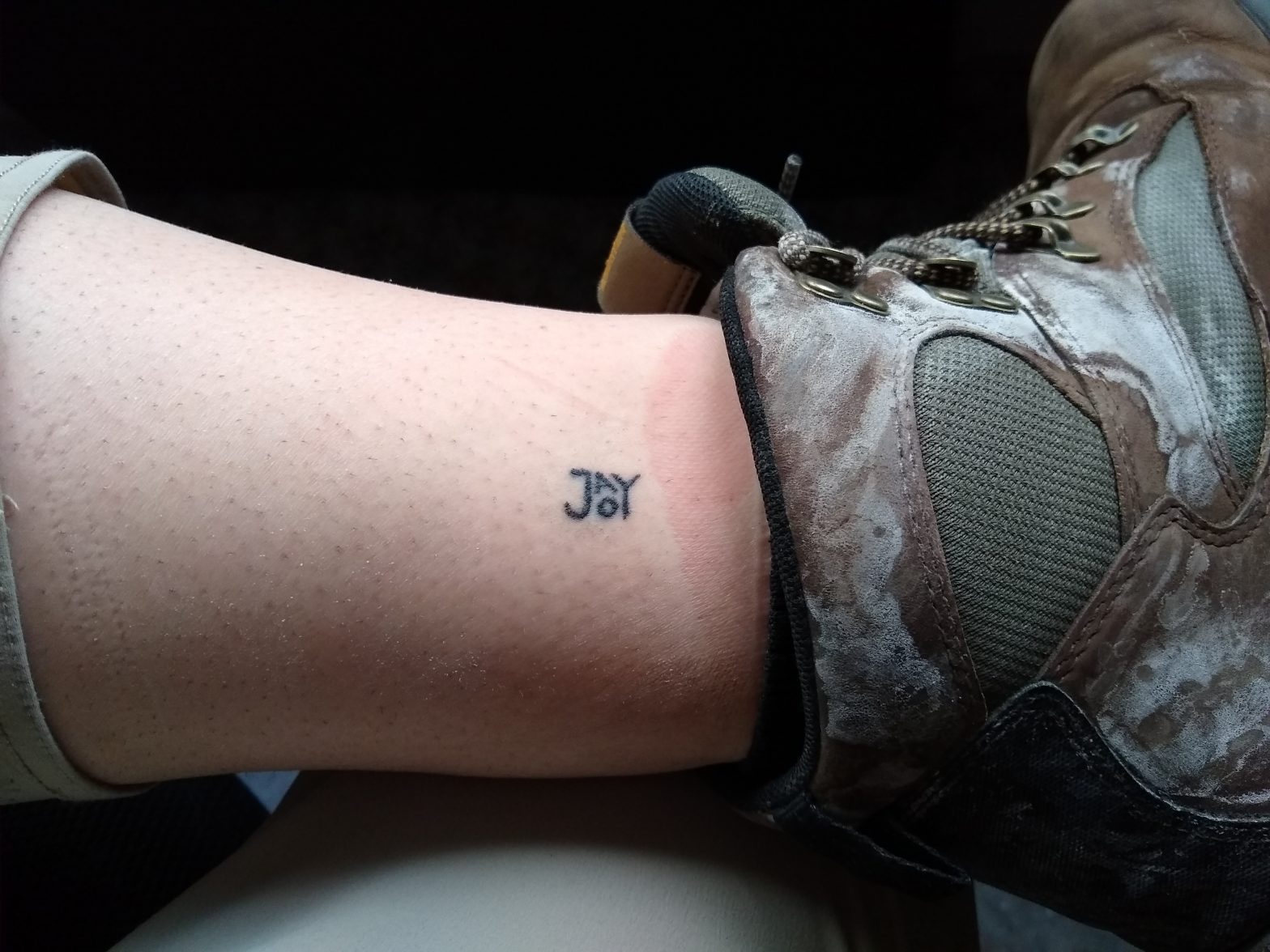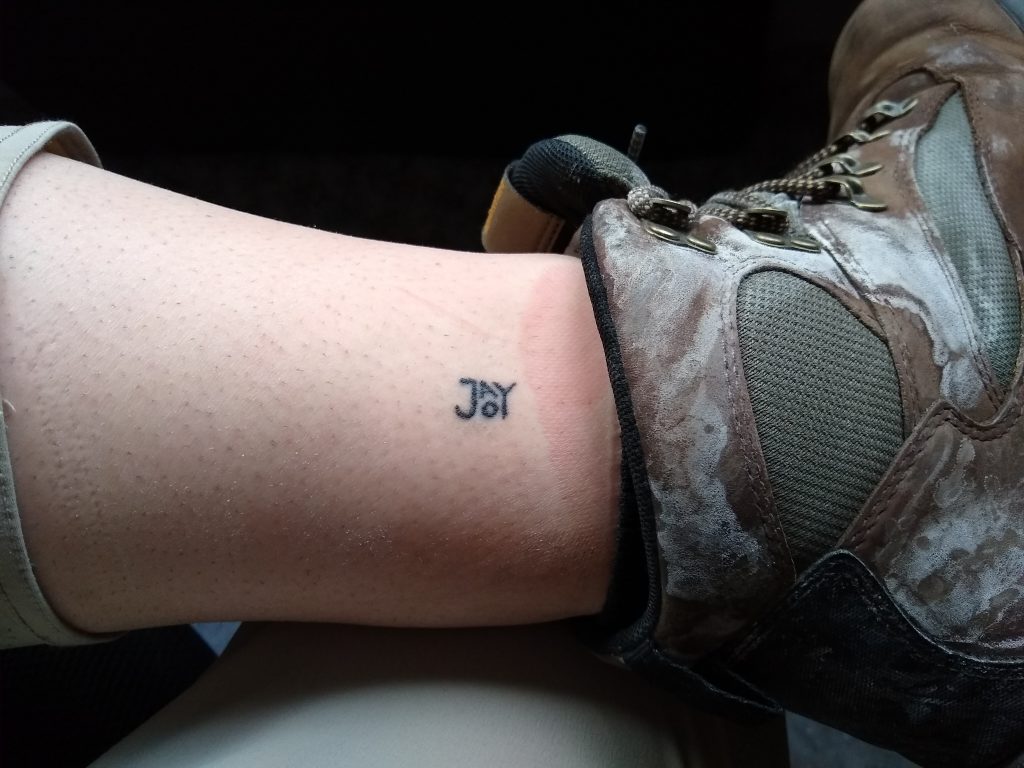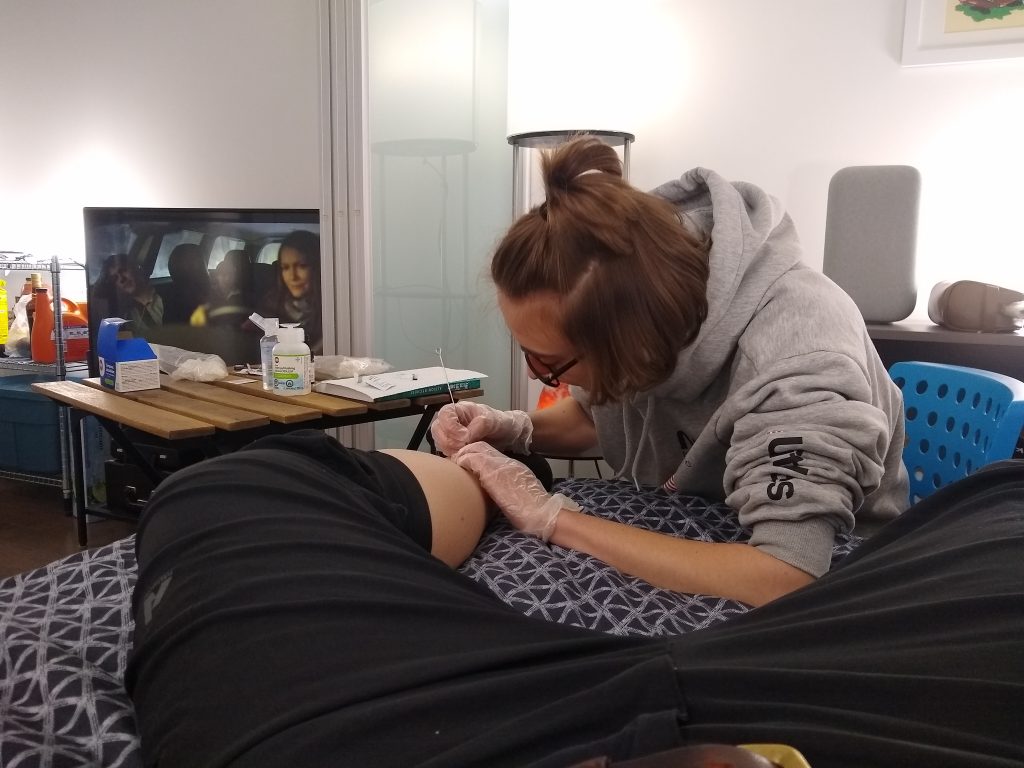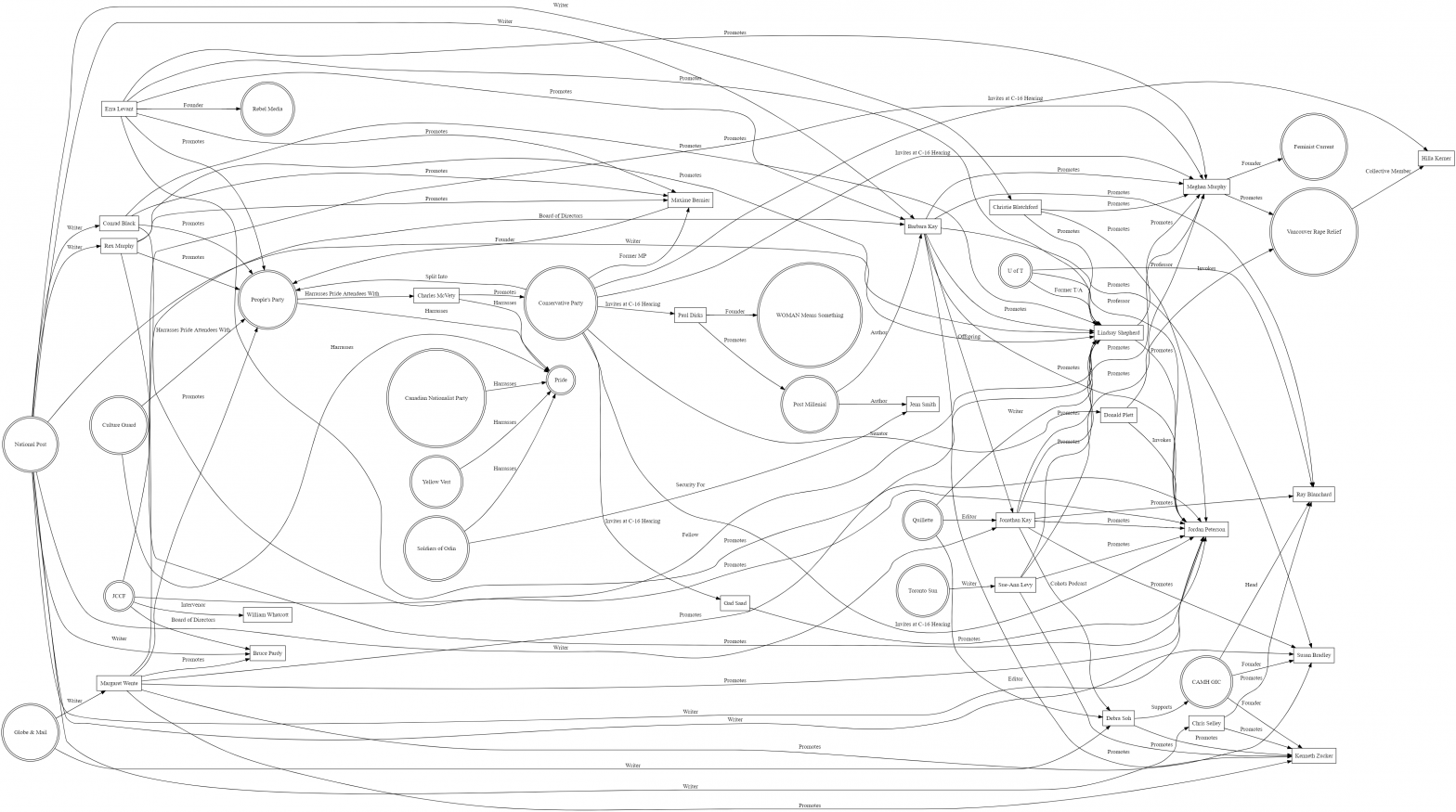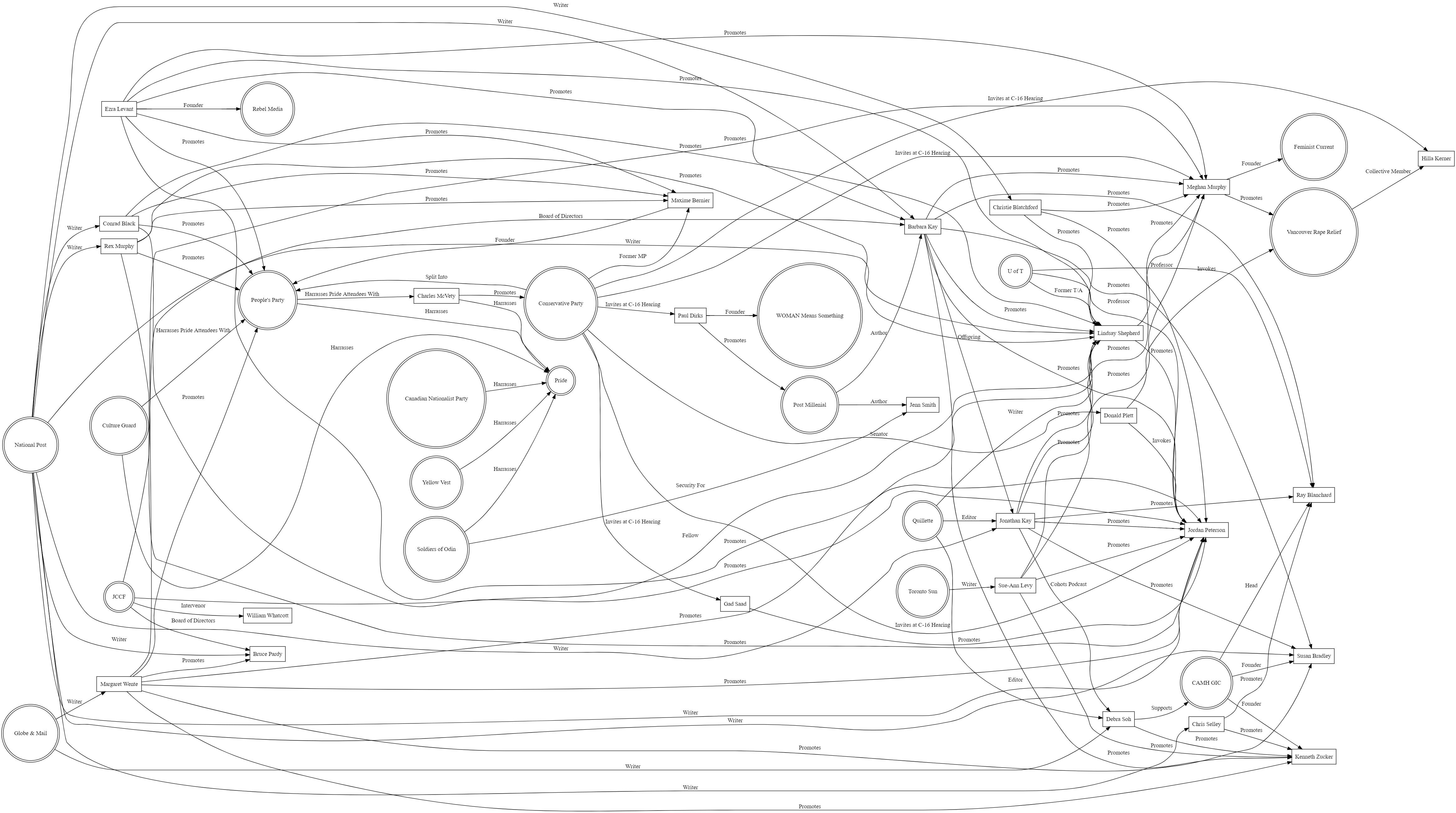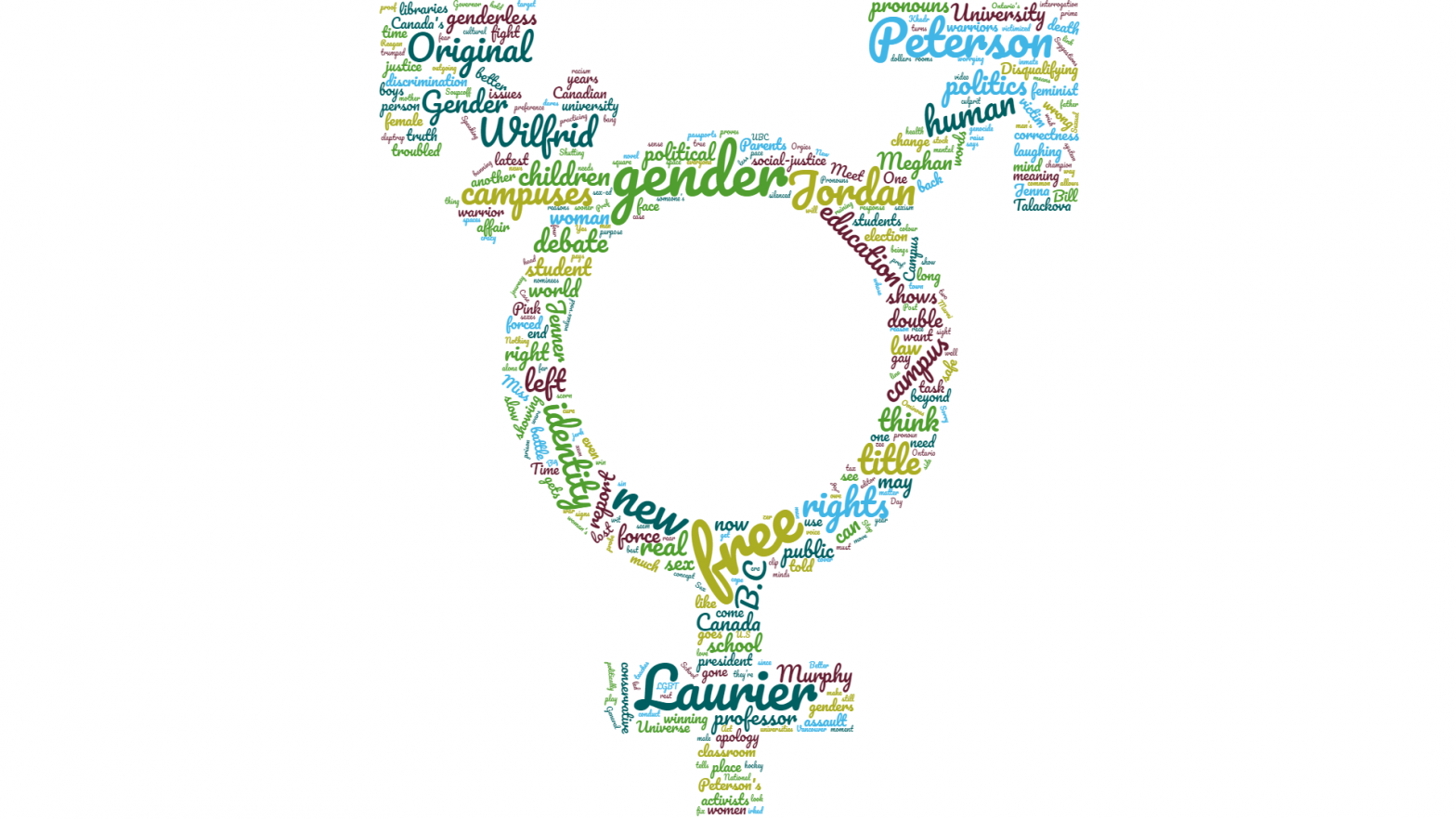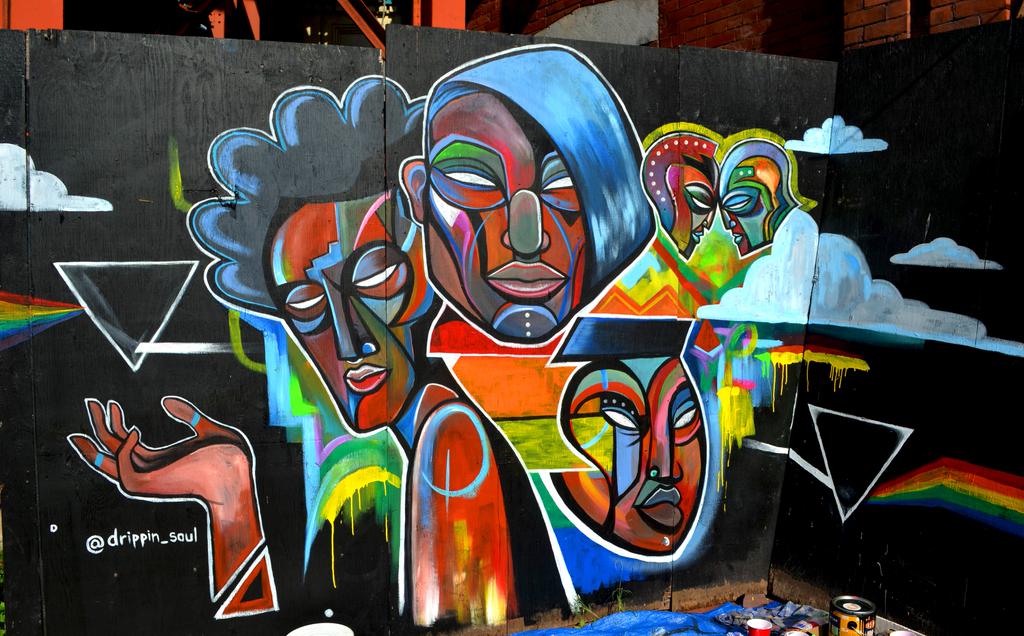It’s been one year since I’ve had bottom surgery.
The healing process has run its course. I am glad I had the surgery. I sleep much better now that I don’t have my sleep interrupted by spiro-induced runs to the washroom. I feel safer wearing tight-fitting clothes in public spaces. I feel less frightened in change rooms. I feel like there’s fewer worse-case scenarios travelling.
I have mixed feelings about the surgical results. I opted for what the surgeon termed a vaginoplasty without vaginal cavity. It was the right decision. I’ve never liked sex; and going this route means I wouldn’t have to dilate. Meanwhile, I have a clit, and I’ve had no problem masturbating and reaching orgasm.
But when it comes to external appearance of my vulva, the results weren’t what I had expected. I had seen photos of the genitalia of other trans women following surgery online, and theirs looked indistinguishable from cis women’s. This was not the case for me. My labia is an asymmetric fold of fat with a crease that goes much further up the front of the body than a cis person’s. So while I am pleased I had bottom surgery, and do not regret it by any stretch, I also feel some disappointment.
I also feel significant reservations about sending people to the surgeon I saw in Montreal. While the surgeon was friendly when I talked to him for the first time an hour before surgery, and the staff were great during my stay, the experience of dealing with their staff before my stay and after was quite negative. There was no meaningful follow-up and communicating with them was like pulling teeth.
(more…)
